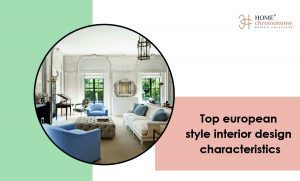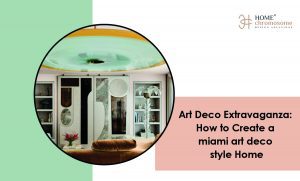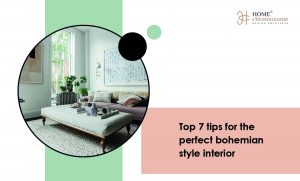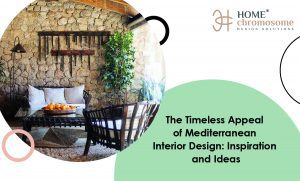Victorian style interiors are renowned for their elegance, opulence, and attention to detail. From the intricate patterns of the wallpapers to the rich, deep color palettes, every element of a Victorian style interior exudes a sense of grandeur and historical charm.
In this comprehensive guide, we will delve into the world of Victorian color palettes, exploring how to create authentic and elegant interiors that pay homage to this bygone era.
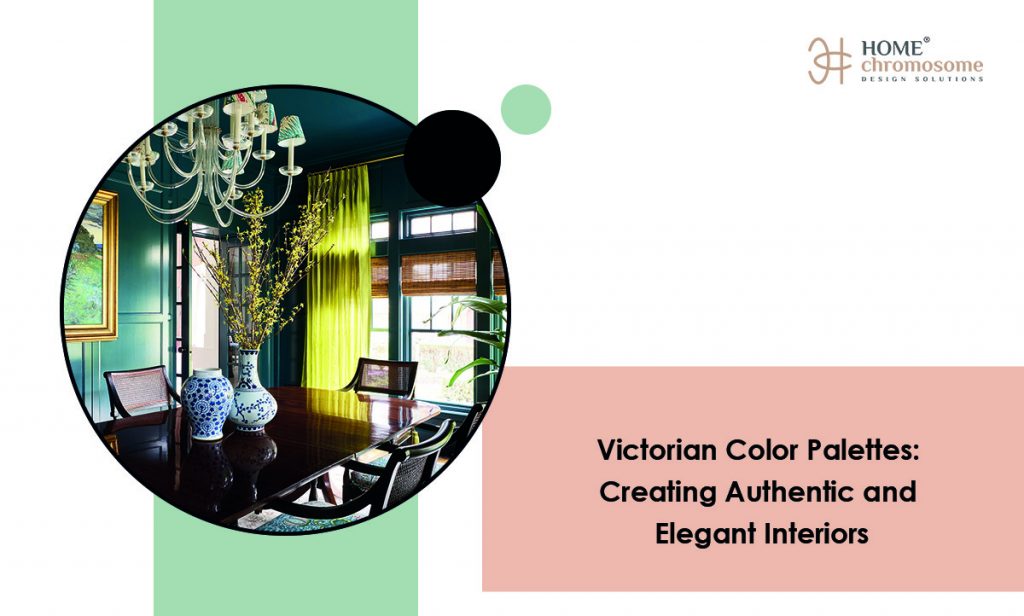
The Essence of Victorian Style Interior Design
The Victorian era was a time of great aesthetic diversity, which reflected the social and technological changes of the period. The Victorian-style interior is characterized by its lavishness and ornamentation, with color playing a pivotal role in achieving the look. To truly capture the essence of Victorian design, one must understand the philosophy and influences that shaped it.
1. Historical Influence on Victorian Style Interior Color Schemes
Victorian color schemes were heavily influenced by the Gothic Revival and Arts and Crafts movements, which favored rich, dark hues and complex color combinations. These palettes were a departure from the lighter, more restrained colors of earlier periods and were made possible by advancements in pigment technology and mass production methods.

2. The Richness of Victorian Style Interior Tones
A Victorian-style interior is not shy about using bold and saturated colors. Deep greens, blues, reds, and purples were all popular choices, often complemented by earthy tones like brown, mustard, and olive. These colors were used to create a sense of depth and luxury, as well as to highlight the period’s love for nature and ornate detailing.
3. Authenticity in Victorian Style Interior Design
Creating an authentic Victorian style interior today requires a balance between historical accuracy and modern practicality. While it’s important to stay true to the period’s aesthetic, incorporating contemporary elements and personal touches can make the space more livable and unique.

Crafting a Victorian Style Interior: A Guide to Color Selection
Selecting the right colors is crucial in designing a Victorian style interior. The palette should be rich and layered, reflecting the complexity and sophistication of the era.
1. Starting with a Base: The Foundation of Victorian Color Palettes
When building a Victorian color palette, start with a strong base color. This could be a deep burgundy, navy blue, or forest green. These colors will set the tone for the room and serve as a backdrop for layering other hues and textures.
2. Accentuating with Complementary Colors
Complementary colors are essential in a Victorian style interior. They add contrast and dimension to the space. For example, a deep blue might be paired with a warm gold, or a rich green with a vibrant burgundy. These pairings should be deliberate and thoughtful, contributing to the overall harmony of the room.
People Also Read: Elegant Dining on a Dime: Budget-Friendly Decor Tips for Your Dining Room
3. The Role of Neutrals in a Victorian Style Interior
While bold colors are synonymous with Victorian interiors, neutrals play an important role as well. They can provide a visual rest and keep the space from feeling overwhelming. Creams, beiges, and soft grays can serve as a counterpoint to the more intense colors and help to balance the overall design.
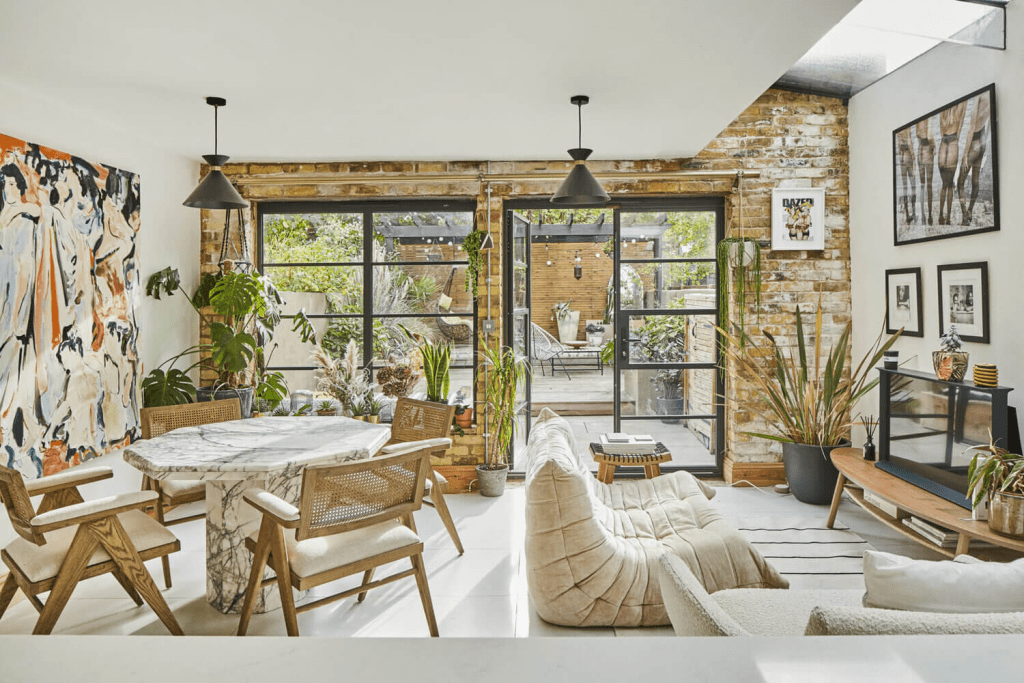
Incorporating Victorian Style Interior Colors in Modern Homes
Bringing Victorian style interior colors into a modern home can be a rewarding challenge. It allows for creative expression and can result in a space that is both timeless and contemporary.
1. Modern Interpretations of Victorian Color Palettes
Interpreting Victorian color palettes for the modern home often means softening the contrasts and saturation levels. This can make the colors more adaptable to today’s lighting and architectural styles while still maintaining the essence of Victorian design.
2. Victorian Style Interior Colors in Contemporary Layouts
In contemporary homes, which often have open layouts as opposed to the compartmentalized rooms of the Victorian era, color can be used to define different areas and create visual coherence. A Victorian style interior color might be used on an accent wall, within a recessed ceiling, or as part of a patterned floor design to anchor the space in the Victorian aesthetic.

3. Accessories and Accents: The Finishing Touches
Accessories and accents are the finishing touches that can make a Victorian style interior truly shine. Tassels, fringes, and ornate frames all offer opportunities to incorporate Victorian colors and textures. These details are essential in capturing the period’s love for the decorative and the dramatic.
Conclusion: Embracing the Victorian Style Interior with Color
Creating a Victorian style interior is an exercise in embracing the past while making it relevant for the present. The color palettes of the Victorian era, with their depth and richness, offer a template for crafting spaces that are both authentic and elegant.
By understanding the historical context, selecting the right hues, and incorporating modern touches, you can achieve a Victorian style interior that is both a tribute to the past and a celebration of contemporary living. Whether you are a purist or a modernist, the Victorian style interior provides a canvas for expressing individuality, sophistication, and a love for timeless design.


